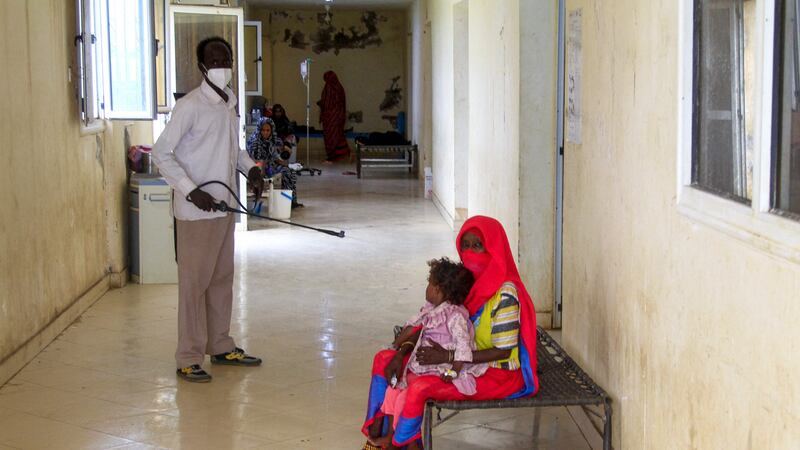Sudan reports surge in cholera cases, exceeding 23,700
October 12, 2024 (KASSALA) – Sudan’s health ministry on Saturday reported a surge in cholera cases in the central states of Sennar, Al Jazirah, and White Nile, bringing the total number of infections to 23,736.
This comes after Sudan received 1.4 million cholera vaccine doses on Oct. 5 to inoculate over a million people in River Nile, Kassala, and Gedaref states, following a previous vaccination campaign in parts of Kassala.
“Cholera infections are increasing in Al Manaqil in Al Jazirah state and in Sennar and White Nile states, while cases are declining in River Nile, Kassala, and Gedaref,” the health ministry said in a statement.
The ministry reported 134 new cholera cases, including three deaths, raising the cumulative total to 23,736 cases and 672 deaths.
The cholera outbreak began on Aug. 12 following severe floods and heavy rains that devastated many areas. Stagnant water has created breeding grounds for disease vectors.
Dr Mohamed Ezz Al-Arab Al-Haj, director of Sennar Teaching Hospital, reported 946 cholera cases in the state, including 130 deaths, with 150 individuals still receiving treatment in isolation centers. He noted that a new isolation center has been opened in Deim Al-Mashaykha and that isolation and treatment medications are available at the hospital.
In a related development, the health ministry reported a rise in dengue fever cases to 2,075 across six states, with 25 new cases recorded in Kassala.
The most affected areas by dengue fever include Karari and Omdurman in Khartoum, Bara in North Kordofan, and Kassala.
The actual number of cholera and dengue fever cases is likely much higher than reported, as around 80% of healthcare facilities in active conflict zones are out of service, and up to 40% of facilities in other areas are disrupted.

